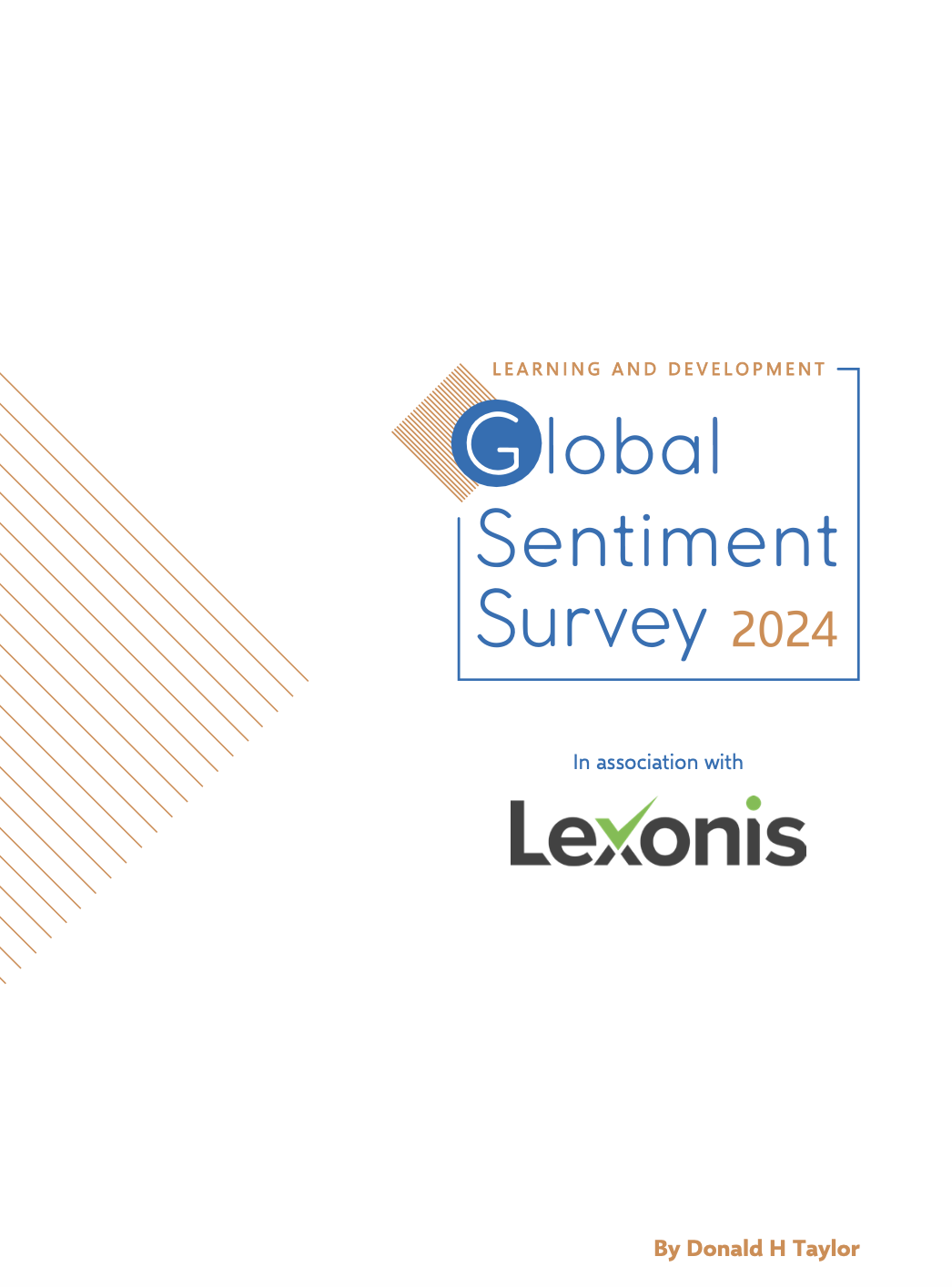How do you go about accurately identifying the learning needs of your employees or indeed of the whole organization?
Many years ago, I was employed as a Learning and Development manager at Microsoft and this was a challenge which we faced then (and ultimately succeeded in answering), and I suspect is one that many L & D departments are still challenged with today.
For many organizations it works like this, once a year, at some point prior to preparing the L & D budget, a catalogue of learning solutions (courses, workshops, simulations, eLearning etc.) titles is distributed and managers and/or employees will have the option of selecting which ones are required and how many are required in the case of departmental managers. Five of these, six of those etc. a Learning & Development ‘takeaway’ menu if you like. The catalogue is often based on last year’s version or possibly what the organization’s training vendors are keen to offer. Hopefully there will also be some input from technical specialists within the organization and others who have a strategic view of what the business really needs.
Isn’t there a more accurate and objective way of identifying your organization’s learning needs and at the same time supporting the needs of the individual? Yes, there is and we can apply some science to the task.
The answer is to help the business take more responsibility for identifying their learning requirements. How can this be done successfully?
- Help the organization to articulate the skills and competencies required of each employee in the job they are doing, and to the level required so that they can be successful in their job, otherwise known as job (competency) profiles;
- Ask each employee to carry out a voluntary competency audit, indicating their level of proficiency for their job-related competency requirements;
- Identify the individual’s job-related competency gaps;
- Pinpoint the individual’s learning requirements based on their competency gaps and develop their learning plan;
- Aggregate everyone’s learning plans to determine team, country, regional and organizational requirements.
By ensuring that the job competency profiles are in line with business requirements, the gaps will indicate which competencies require development to support business needs rather than any other agenda.
In addition to job-related learning, this approach also supports employee and manager career development discussions by making clear to both which competencies need to be developed for the individual to take the next step on their career ladder.
What happens if the organization doesn’t have a learning solution in place to address a competency gap? This approach then provides a clear view of which learning solutions need to be developed or procured. Rather than taking a speculative approach to developing, procuring and delivering learning solutions, a competency-based approach enables Learning and Development functions to make the best use of their hard-earned budget.
Where do I go from here?
To find out more about Lexonis competency solutions – our frameworks and software, request a demo and don’t forget to register for our webinar on Thursday 27th April ‘5 Ways to Maximize the Impact of Your Learning and Development Programs’.
Register here →


